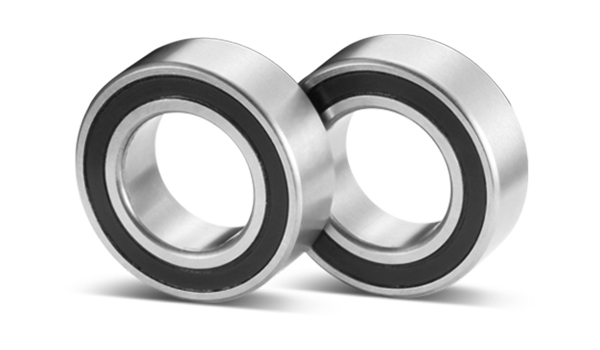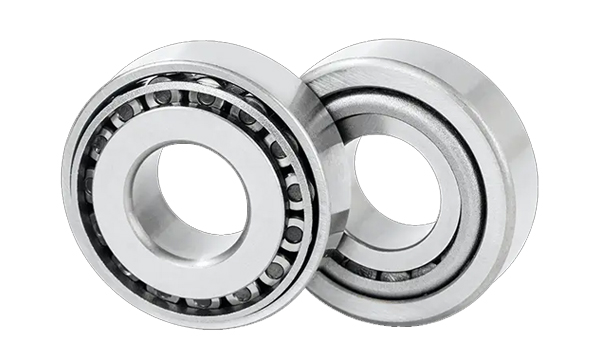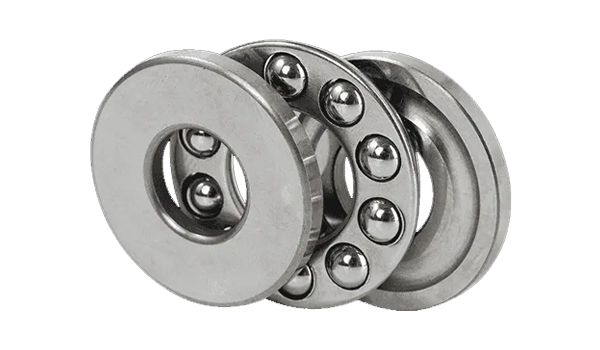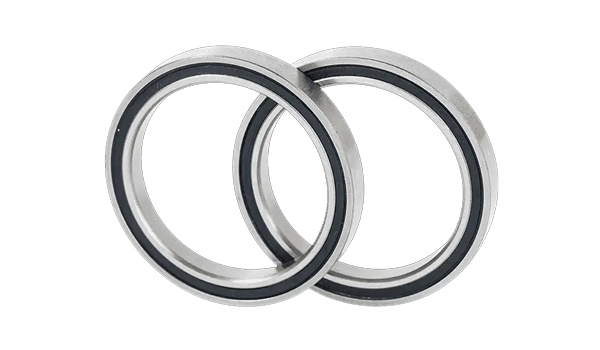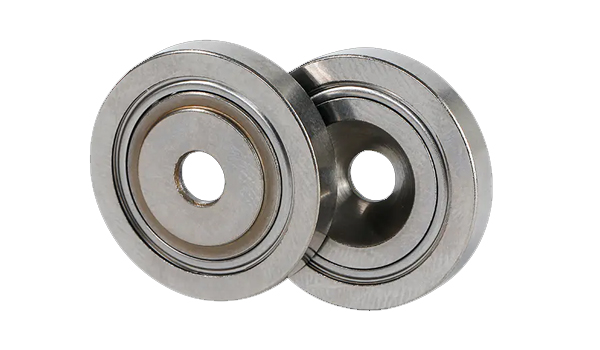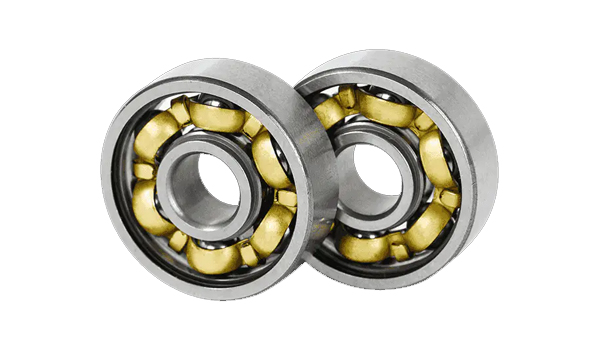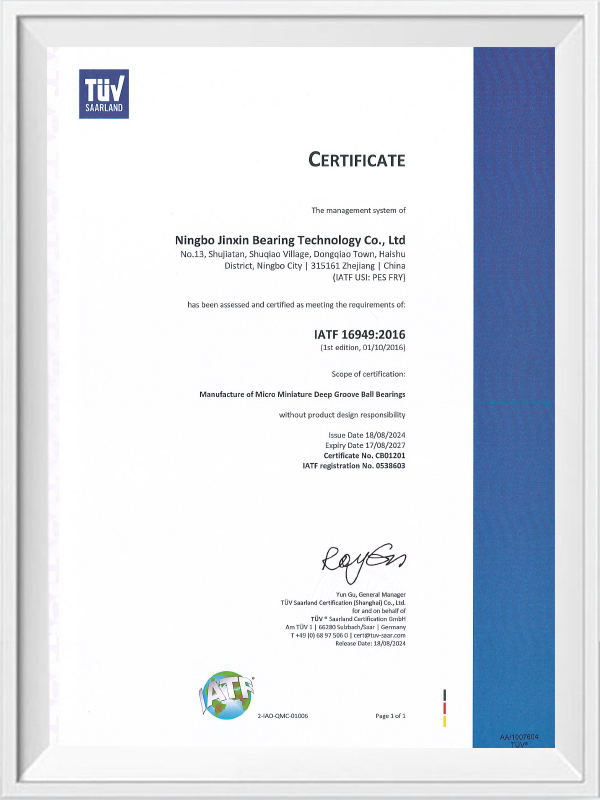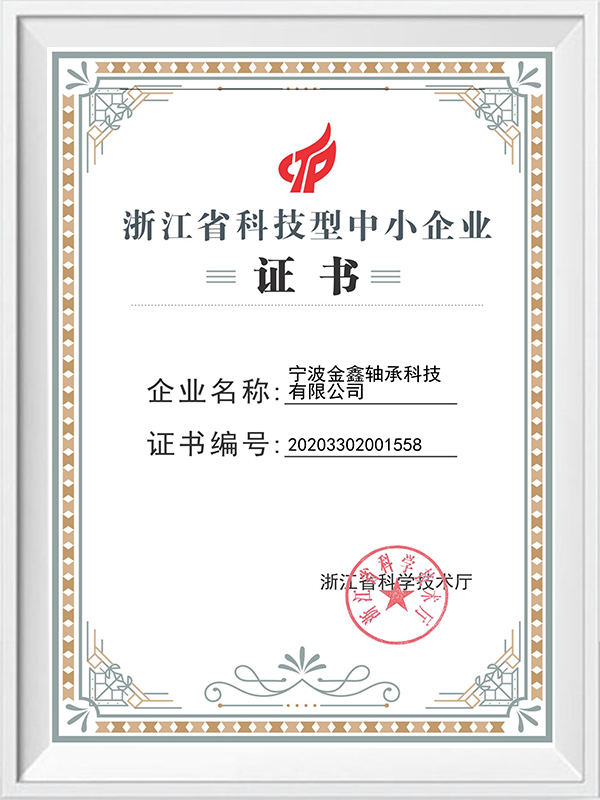Q1: What is a four-point contact single-row ball bearing? What are the fundamental differences between it and traditional bearings?
A1: A four-point contact single-row ball bearing is a specially designed rolling bearing. Its core feature is that the contact points between the balls and the inner and outer rings form four key locations (instead of the two points of a standard bearing). This means that when subjected to combined axial and radial loads, the balls can evenly distribute the pressure in multiple directions, thereby improving load distribution efficiency. Compared to traditional single-row deep groove ball bearings, this design achieves higher rigidity and compactness by optimizing the contact angle (typically 30-40 degrees). Ningbo Jinxin Bearing Technology Co., Ltd., in developing this type of bearing, always adheres to the principle of quality first, ensuring that the geometric accuracy of each contact point meets stringent industrial standards, which directly enhances the reliability and service life of the bearing.
Q2: How does the four-point contact design achieve efficient load bearing? What are its unique mechanical characteristics?
A2: The working principle of the four-point contact design stems from the special arc-shaped matching between the ball and the raceway: when the bearing is under load, the four contact points formed by the ball on the inner and outer raceways simultaneously distribute the force, thereby reducing local stress concentration and effectively absorbing the combined effects of axial, radial, and moment loads. The unique advantages brought by this mechanical characteristic include: first, achieving higher load capacity within a limited space, especially suitable for compact equipment; second, reducing friction loss and temperature rise by optimizing the contact trajectory, thus extending bearing life; and third, the design allows the bearing to maintain stability under high-speed rotation, reducing vibration and noise. Ningbo Jinxin Bearing Technology Co., Ltd.'s customer-centric philosophy is reflected in the meticulous control of these details during the manufacturing process, such as ensuring the smoothness of the raceway surface and the roundness of the balls through strict quality control to meet the customized needs of different industrial scenarios.
Q3: What are the main advantages of four-point contact single-row ball bearings? How are these advantages translated into practical application value?
A3: The core advantages of this type of bearing include: First, excellent load adaptability, capable of handling combined loads (such as axial thrust and radial force), making it a preferred solution in space-constrained applications; second, compact structure, with a single-row design reducing overall size and weight compared to multi-row bearings, simplifying the assembly process; third, high rigidity and low friction characteristics, thanks to the distributed force distribution of four-point contact, effectively reducing energy loss and wear. These advantages directly translate into practical application value, such as improving system response speed and accuracy in rotating platforms, gearboxes, or automated equipment. Ningbo Jinxin Bearing Technology Co., Ltd., through its commitment to integrity, ensures that these advantages are reliably reflected in delivered products—the company strictly implements non-destructive testing and life testing to ensure that bearings maintain consistent performance even in harsh environments.
Q4: In which industrial fields are these bearings commonly used? What are the key design considerations for their application scenarios?
A4: Four-point contact single-row ball bearings are widely used in heavy industry, mechanical transmission, and precision equipment. Typical applications include wind turbine yaw systems, robot joints, machine tool spindles, and rotating components of construction machinery. In these applications, key design considerations include: load type matching (e.g., whether impact loads are involved), speed range, installation space constraints, and environmental factors (e.g., temperature variations or contaminant intrusion). Furthermore, the bearing preload setting is crucial, as it directly affects the stress distribution at the contact points and overall stiffness. Ningbo Jinxin Bearing Technology Co., Ltd.'s customer-centric philosophy is integrated into its application support, such as providing detailed technical consultation to help customers optimize preload configurations or sealing solutions, thereby maximizing bearing performance under specific operating conditions.
Q5: What are the core technical challenges in the design and manufacturing of four-point contact single-row ball bearings? How can these challenges be overcome to ensure product reliability?
A5: The core challenges in design and manufacturing include: controlling the contact angle accuracy (too small or too large an angle will lead to uneven load distribution); material selection (balancing hardness and toughness to resist fatigue failure); and assembly tolerance management (ensuring uniformity of the clearance between the balls and raceways). Overcoming these challenges hinges on advanced heat treatment processes (e.g., carburizing to improve surface strength) and precision grinding technology (achieving micron-level dimensional consistency). Ningbo Jinxin Bearing Technology Co., Ltd. adheres to the principle of quality first, employing a full-process digital monitoring system to ensure quality control at every stage, from raw material procurement to finished product assembly. For example, 3D scanning is used to detect the continuity of the contact trajectory, ensuring that the four-point contact design of each bearing is defect-free under dynamic loads. This directly enhances product reliability and customer trust.
Q6: What are the maintenance and life optimization strategies for four-point contact single-row ball bearings? How does Ningbo Jinxin Bearing Technology Co., Ltd. improve user experience through its own principles?
A6: Maintenance strategies focus on lubrication management and installation alignment: selecting appropriate lubricants (such as high-temperature grease) to reduce friction loss; regularly checking the preload to avoid over-tightening or loosening; and ensuring precise alignment during installation to prevent premature failure due to uneven loading. Life optimization involves load monitoring and environmental protection measures. Ningbo Jinxin Bearing Technology Co., Ltd., through its reputation-first service model, incorporates maintenance knowledge into its customer training system—providing free operation guides and remote technical support to help users extend bearing life. The company's customer-centric philosophy is also reflected in its rapid response mechanism, such as conducting root cause analysis on fault feedback and iterating product design to ensure that bearings maintain high performance throughout their entire life cycle.

 中文简体
中文简体 English
English Español
Español Deutsch
Deutsch